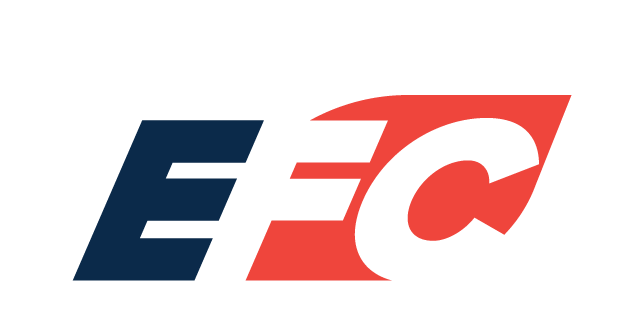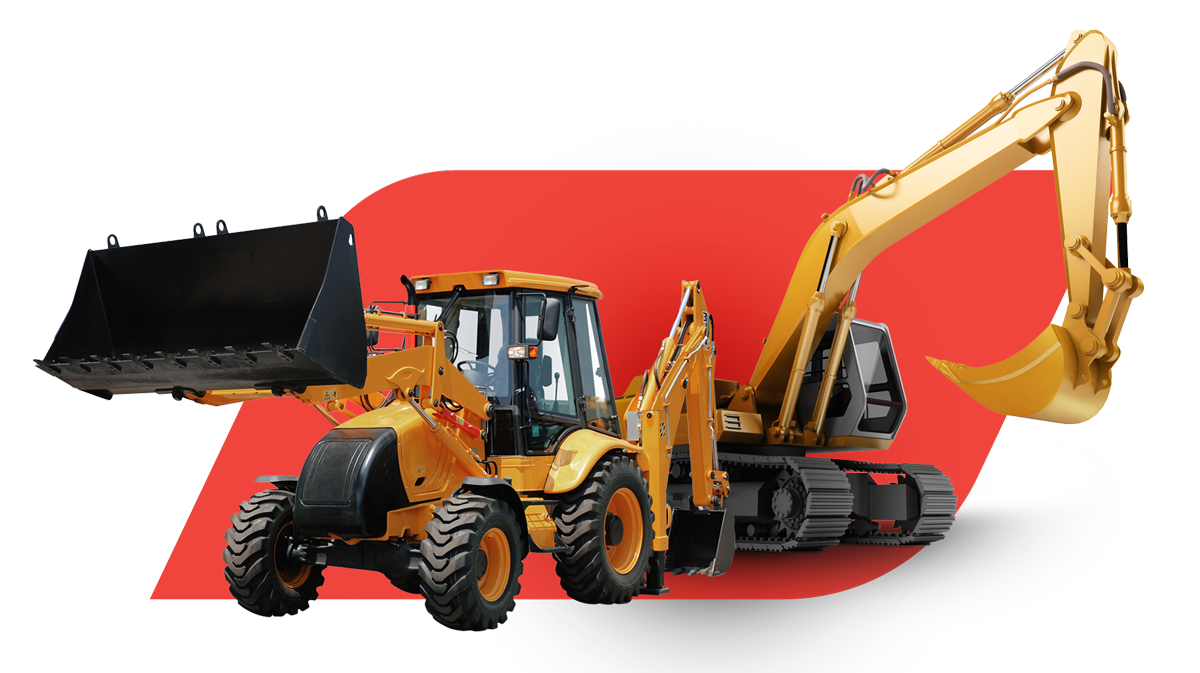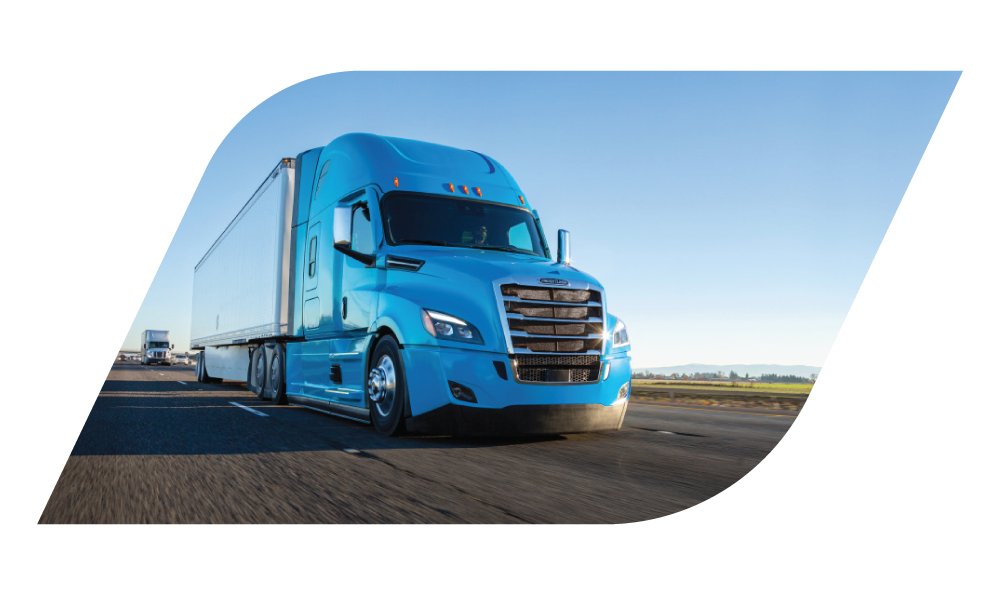If you are a business owner, you will know that one of your biggest operational expenses is equipment. Whether you are in construction, transportation, aviation, hospitality, or office and technology, equipment will most likely be one of the biggest expenses on your balance sheet.
If you are starting up your business, chances are that you might not have the capital available to purchase new equipment outright, in fact, it is highly unlikely. Even if you are an established business, having to upgrade equipment, or replace something urgently might cause strain on your working cash-flow.
This is where equipment leasing comes in. Not only can you kick your business off on the right foot, with the right equipment to operate successfully, but you can do so without as much risk of a loan. We took a look into equipment leasing. What it is, what the pros are, and whether it is something your business could benefit from.
What is Equipment Leasing?
Let’s start with a basic definition of what equipment leasing is. Essentially, equipment leasing is an equipment financing option that takes the strain of having to make a large one time purchase off your companies finances.
Leases, unlike loans, take a considerable amount of risk off the lender, and although they are similar to rentals, are in fact more complex. Leasing terms state that either the lessor or lessee owns the title of the equipment for the duration of the lease and that there is a portion of residual at the end of the agreed-upon period.
The cost of the equipment will be equally spread out over the specific term, but some of the costs will be leftover at the end of the term. This could be as little as $1 or the fair market value of the equipment.
You can also settle on two different leases; capital leases or operating leases. Capital leases essentially replace the concept of a loan whereby the lessor pays a last residual payment at the end of the term and owns the equipment. Operating leases, on the other hand, have shorter terms and bigger residuals, so you can opt to return the equipment at the end of the period, or buy it if necessary.
With this in mind, let’s take a look at the benefits and downfalls of leasing equipment, and what may work for your company.
Benefits of Equipment Leasing
Less Upfront Cost of Equipment
Not everyone has excess capital floating around to make a once-off purchase on a large item of equipment. In fact, not even the most established business has this capability. Day-to-day operations and expenses take up the largest part of the cash flow, and large purchase items like equipment are more often than not financed for the reduced risk to the cash-flow.
The total cost of the equipment can be spread out in manageable chunks over a period of time, making it achievable to acquire the needed assets with minimal initial expenditure. You can work together with the asset financiers to work out the duration of the term, the monthly installment as well as interest rates to ensure that you are benefiting from the agreement.
If you break the numbers down, it could make financial sense for you in the long run. Instead of laying out the full amount to buy the equipment, and put your company at risk. These payments can be spread over time, and the additional costs will be absorbed over time.
Also, keep in mind the time value of your cash flow. A dollar in the present is worth more than a dollar in the future!
They Are Easy to Qualify For
This could be one of the biggest advantages of leasing, especially for a start-up. Should you have little to no capital, having a credit score or collateral can be almost impossible. With leasing, the collateral is the equipment that you are financing, and lenders are more likely to agree to provide you with the contract.
Because companies who sell large scale equipment know that their products are expensive to buy, they are more likely to provide you with the financing you need to acquire the equipment. In essence, they will actually lend you the money you need to buy their equipment.
There are Numerous Tax Benefits
Lease payments are in most cases considered tax-deductible as “ordinary and necessary” business expenses. From a financial reporting perspective, operating lease obligations will show up as liabilities, but the payments themselves are considered necessary for business operations and can be written off. In these cases, the short term of the lease means that it will not be considered a debt and you will not need to record the depreciation of the asset. These payments are usually 100% tax-deductible, which means that you end up paying even less at the end of the day on the equipment.
It is important to get a tax consultant involved in your lease agreement to ensure that you gain as much benefit as you can from the lease.
Leased Equipment Is Not Seen as a Risk to Investors and Other Creditors
In both operating leases and capital leases, the equipment will not be listed on your books as an asset. In the case of an operating lease, you will list it as an operating expense and, as mentioned, it will be tax deductible.
Investors or lenders could see the purchased and depreciating equipment as a liability, and could be scared off, so you will be able to take advantage of that. If it is equipment you do not wish to own in the long-term, this will work out for you because you will be making yourself financially open to being provided lines of credit for something you might need in future.
It Is Easy To Upgrade to Better Equipment
If you operate in an environment that works with equipment that depreciates very quickly, this might be a better option for you.
Whether you are a start-up or an established business, investing in new equipment does come with its risks. Not only might the equipment depreciate quickly, but you might find that the equipment becomes redundant over a period of time.
With leasing, you can reduce the risk of losing money on equipment that you might land up not using in the long term.
Take a look at leasing a printer, for example. This would be leased through an operating lease agreement with the lessor. A printer’s lifespan is usually around one to two years, before an upgrade comes along with better features.
With an operating lease, you can complete the term with the lessor and either upgrade to a new printer or re-lease the existing one if it is still meeting your needs. You have the power to decide.
There is Greater Flexibility
Unlike loans or rentals, leases usually come with much more flexible terms. Not only are they much easier to obtain, especially as a start-up with little capital to your name, but contacts can be negotiable. Terms like payments, residuals, contract length, and ownership can be negotiated and agreed upon.
Let’s also take down payments into consideration. The bigger the downpayment you are willing to put on the equipment, the more terms you can waive in the lease. Because leases are easy to qualify for, compared to other types of financing, a bigger down payment will leave you with more leverage.
You Are Guaranteed Equipment for the Full Term
When signing a lease, you are tying both yourself and the lessor into the lease for the full duration of the term. This means that even if your company is a start-up and has little credit, you will have the equipment, which can be used as collateral. The only way that you will lose the equipment is if you default on payments.
If you are leasing operating equipment for a period of time, you will be paying set installments that cannot fluctuate and increase over the time. Most equipment has a set lifespan and lease periods can be determined according to that.
It is highly unlikely that you will be paying more than the fair market value for the equipment, especially if you are working with leasing specialists.
Last Thoughts
So, how do you know if leasing is right for you? The best option for you will be to do extensive research on equipment financing companies and set up meetings with each of them in order to establish what terms and conditions they can offer you. Once you have this information in hand, refer to a tax consultant and your financial team for their input.
Leasing is a practice that shouldn’t be taken on by beginners. You will need the insights into the tax ramifications, as well as the long and short term risk appetite of your business. If you are a start-up, in particular, it could be worth your while hiring a tax consultant for the decision who will be able to advise you on the type of equipment you’re buying, tax codes, as well as the prevailing market values in order to get the most out of your lease.


